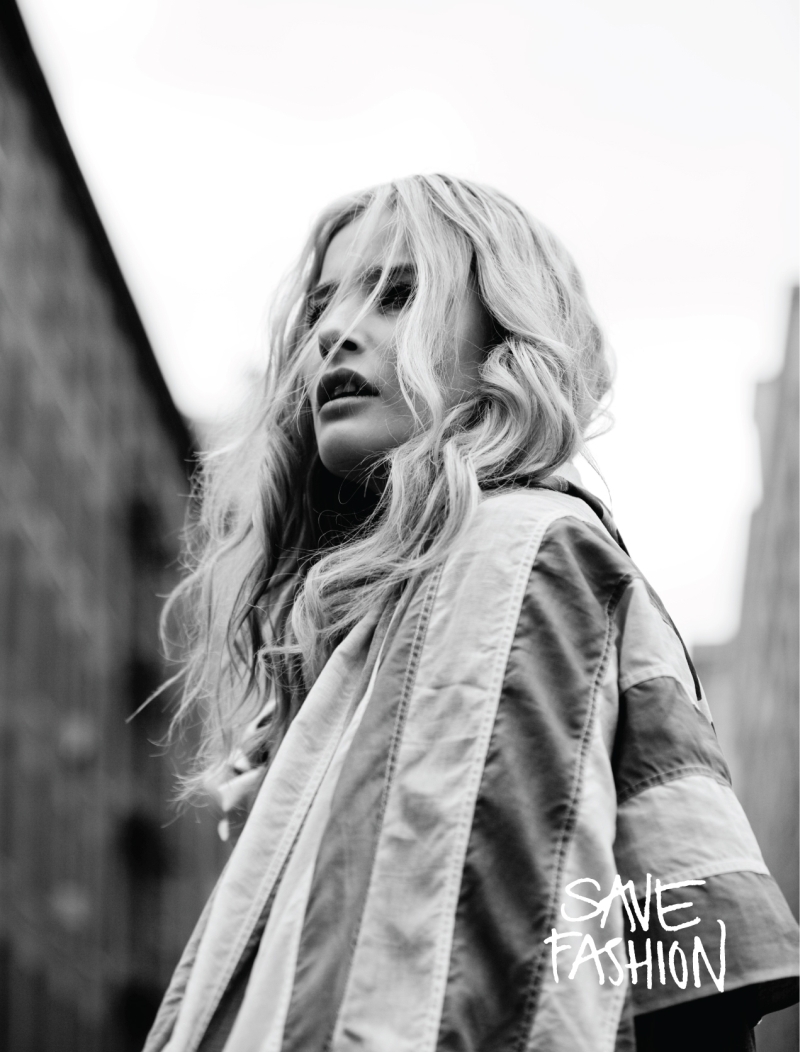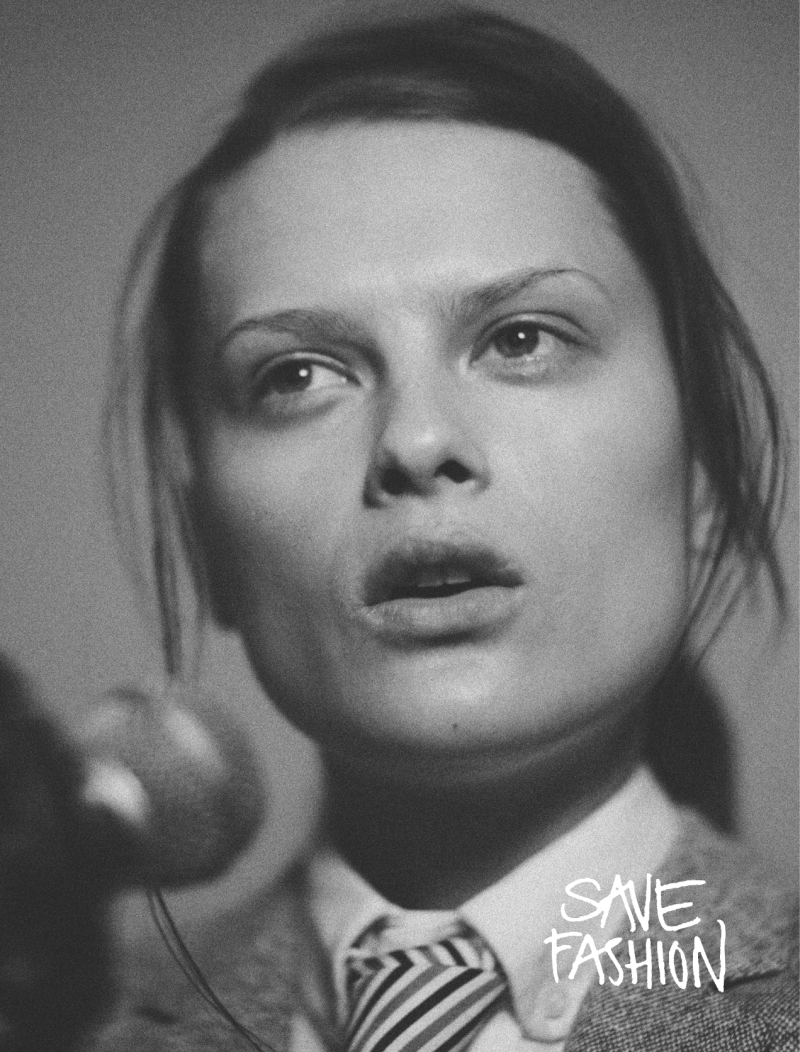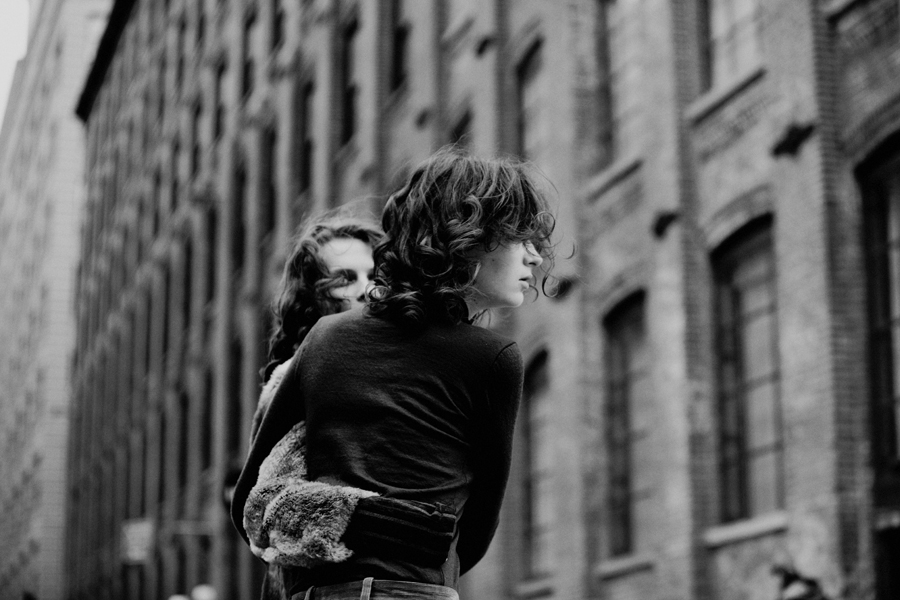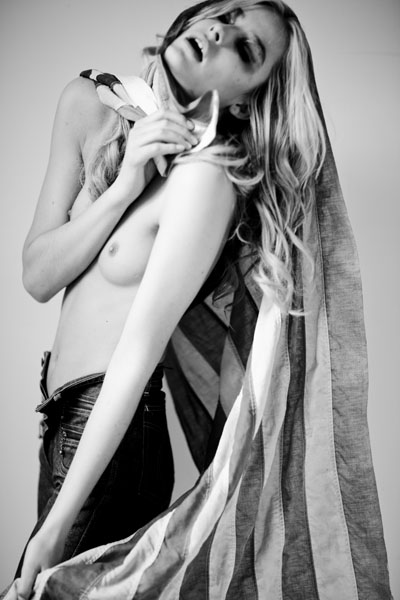With the “Save Fashion” campaign which is sponsored by Refinery29 along with the Fashion BID and the Times Alliance, fashion returns to its consumer roots. The month long shopping event will include some of New York’s most talented designers and begins on May 1. Please visit Save Fashion for more information.
Shot by Chadwick Tyler, the campaign features Trump models Lisa Cant, Sofi Berelidze, Elena Melnik and Tine Furre.
source | photos courtesy of Refinery29.com







well if some designers would stop making absurdly expensive(not to mention hideous) clothes we can save fashion. who is the curly haired model in the second shot?
well if some designers would stop making absurdly expensive(not to mention hideous) clothes we can save fashion. who is the curly haired model in the second shot?
I love these images, they really striking.
I love these images, they really striking.
I love the concept. Genius. Who did the creative?
I love the concept. Genius. Who did the creative?
While labels like Chanel and Versace may charge for reputation, I would estimate that most other designers, especially the ones supported by this campaign, price their clothes fairly reasonably. I’m not saying that $100 t-shirts are fair, but when you consider the quality of materials, construction, and general design, many higher-priced pieces do actually cost around the price asked for them.
A lot of small designers also make a point of using American factories and environmentally-friendly dyes, etc, which also jack the price up higher.
And, in the end, it comes down to supply and demand. Prices are high because, regardless of production, people will pay them. If you don’t feel like shelling out for a $1000 dress, that’s you decision and your welcome to it, but someone out there is willing to pay that much.
Of course, now, that isn’t necessarily true. The economy that cultivated such high prices is not the economy we’re living with today. But while Chanel and Louis Vuitton can absorb much of their losses and gear their products towards the recession, small labels supported by the Save Fashion campaign cannot. They do not have the product diversity to sustain themselves. It is a well-known fact that many large brands rely on their popular accessory, bag, and perfume lines to keep afloat. If, like at Nina Ricci, a brand lack these things, its financial backers can fire the head designer, despite his brilliance (Olivier!), and replace him with someone with more commercial sensibilities. Obviously, small labels cannot do this. They also probably have to pay more for the same materials because 1) bulk discounts are less when you can only manufacture limited quantities, and 2) I would guess that big companies with backers like LMVH have special agreements with their factories.
To compound all this is consumer psychology. During a recession, the stability associated with established brands shepherds in many individuals who would otherwise . In other words, if it comes down to a suit by Boy by Band of Outsiders or a pair of Louboutins, your going to buy the shoes because Louboutin is a mature brand and BBO is still expanding. When you injured yourself as a kid, did you cry for mommy or your sister? The same logic applies.
So yeah, basically don’t hate.
While labels like Chanel and Versace may charge for reputation, I would estimate that most other designers, especially the ones supported by this campaign, price their clothes fairly reasonably. I’m not saying that $100 t-shirts are fair, but when you consider the quality of materials, construction, and general design, many higher-priced pieces do actually cost around the price asked for them.
A lot of small designers also make a point of using American factories and environmentally-friendly dyes, etc, which also jack the price up higher.
And, in the end, it comes down to supply and demand. Prices are high because, regardless of production, people will pay them. If you don’t feel like shelling out for a $1000 dress, that’s you decision and your welcome to it, but someone out there is willing to pay that much.
Of course, now, that isn’t necessarily true. The economy that cultivated such high prices is not the economy we’re living with today. But while Chanel and Louis Vuitton can absorb much of their losses and gear their products towards the recession, small labels supported by the Save Fashion campaign cannot. They do not have the product diversity to sustain themselves. It is a well-known fact that many large brands rely on their popular accessory, bag, and perfume lines to keep afloat. If, like at Nina Ricci, a brand lack these things, its financial backers can fire the head designer, despite his brilliance (Olivier!), and replace him with someone with more commercial sensibilities. Obviously, small labels cannot do this. They also probably have to pay more for the same materials because 1) bulk discounts are less when you can only manufacture limited quantities, and 2) I would guess that big companies with backers like LMVH have special agreements with their factories.
To compound all this is consumer psychology. During a recession, the stability associated with established brands shepherds in many individuals who would otherwise . In other words, if it comes down to a suit by Boy by Band of Outsiders or a pair of Louboutins, your going to buy the shoes because Louboutin is a mature brand and BBO is still expanding. When you injured yourself as a kid, did you cry for mommy or your sister? The same logic applies.
So yeah, basically don’t hate.